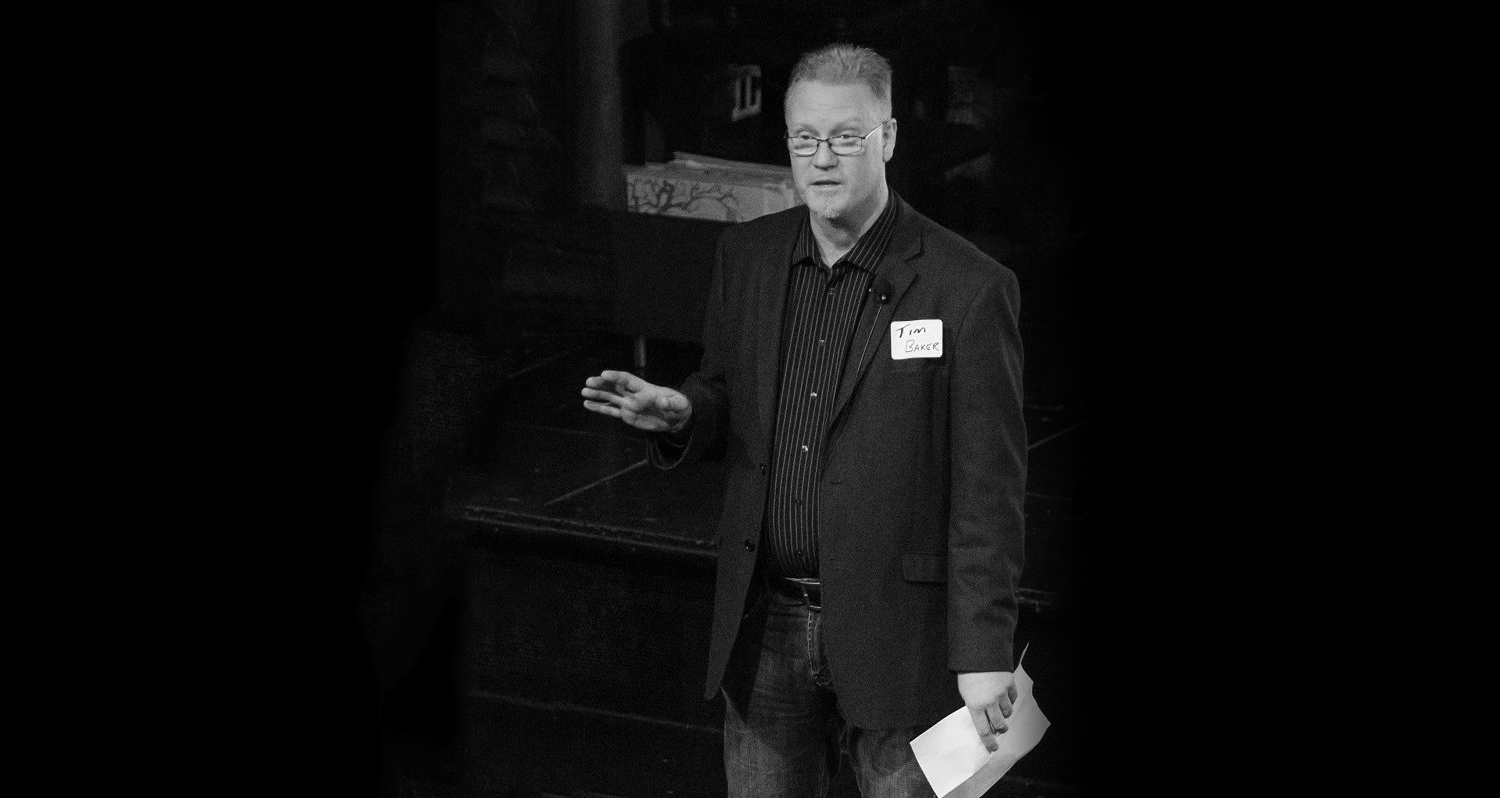
26th April 2016
Interview: Tim Baker – HR Consultant & Talent Specialist

This interview can also be found in our eBook “Creating the best workplaces: Insights from global #EmployeeEngagement Influencers” which features 25+ interviews and much more. Download now.
An Interview with Tim Baker – HR Consultant & Talent Specialist
What does employee engagement mean to you?
We speak so often about engagement and a culture of engagement. My fear is that we consider engagement to be benchmarked at a standard level for an organization, forgetting that it will look differently for each person. I believe that engagement is a relative term and individual levels of need must be considered. There are fantastic people within an organization that may have little desire to “move up” and are key contributors in their role. We must measure engagement individually to be fair and equitable. If your people are aligned with overall organizational goals and strive for continuous improvement, then you have an engaged community.
What are three tips for companies looking to drive engagement in their organisations?
– Stop looking for “top talent” and start looking for “right talent”. One company’s top performer might not be yours.
– Take the time to really get to know each person in your organization. Find out their needs, goals and what intrinsically motivates them.
– Infuse a standard of ongoing and continuous feedback into your culture. This will allow you to be agile within your organization when leading your people and measuring engagement.
What do you feel are the biggest pitfalls that companies should look to avoid when executing their engagement strategy?
I often revert back to a fundamental issue that occurs more often than not. Sourcing and hiring the right people is one thing. Successfully onboarding and keeping them is another. There is often a gap between the hire and when we start measuring engagement. That gap can lead to the misalignment of perceived engagement and performance.
Why do employees fail to buy in when companies try to ramp up engagement?
Like many other change and transition initiatives, I believe that communication is one of the biggest failures. Leaders have to realize that in the transition curve, the people creating the change are already through the curve. Leaders must understand that there will be many that are further back in the transition curve. The key messages must be disseminated in manageable pieces and evaluated at each stage.
What skills are most useful for everyone to have when trying to move towards a culture of engagement?
I think the biggest factor that will assist in a shift toward improved engagement is integrity. Everyone must walk the talk. You must believe in, and champion the move towards improved engagement. If there is not consistency, your people will see that and it may undermine your overall goals.
You’re a judge for the North American 2016 Employee Engagement awards, What will you be looking for in entries?
One of the most important aspects of improving employee engagement to me is the “why” factor. Anyone can decide to make a change, whether it’s improving employee engagement, or otherwise. If you don’t know the “why” factor behind the change, neither will the people in your organization. Everyone must hear your story and align. I will be looking for a very strong “why” story from the award applicants.

